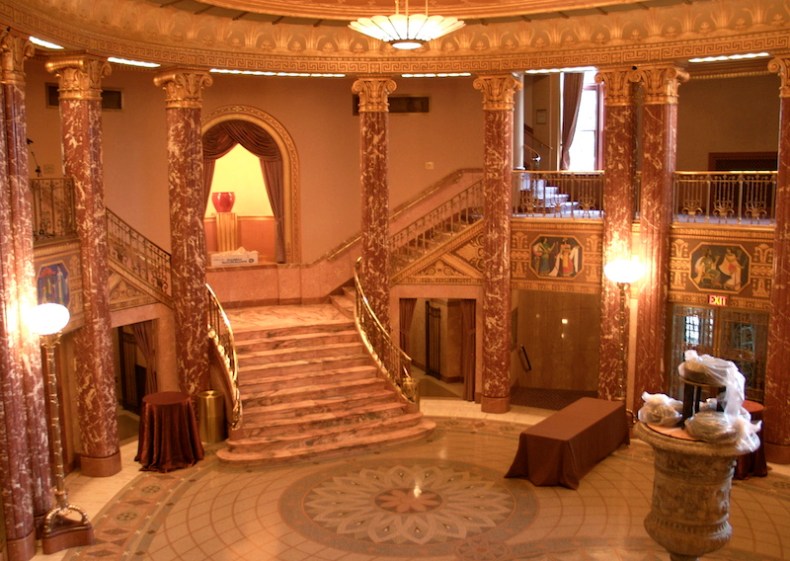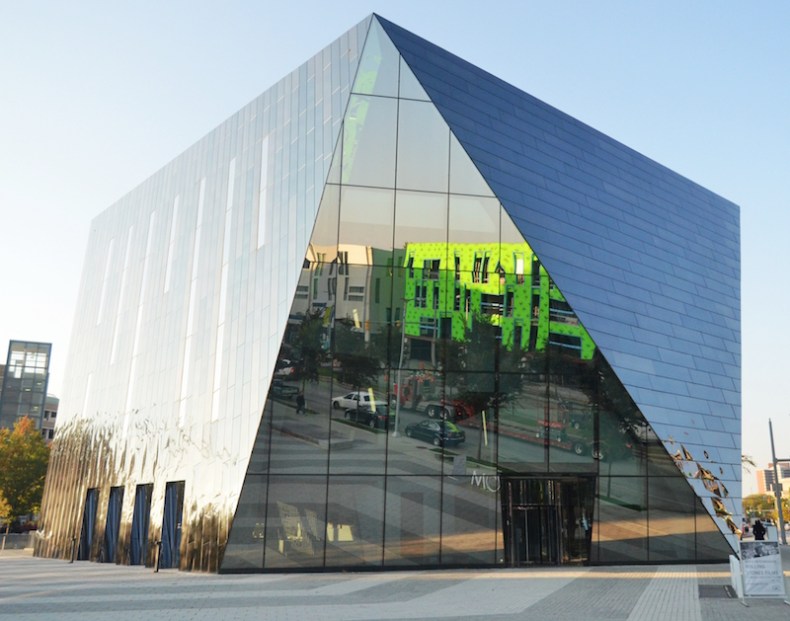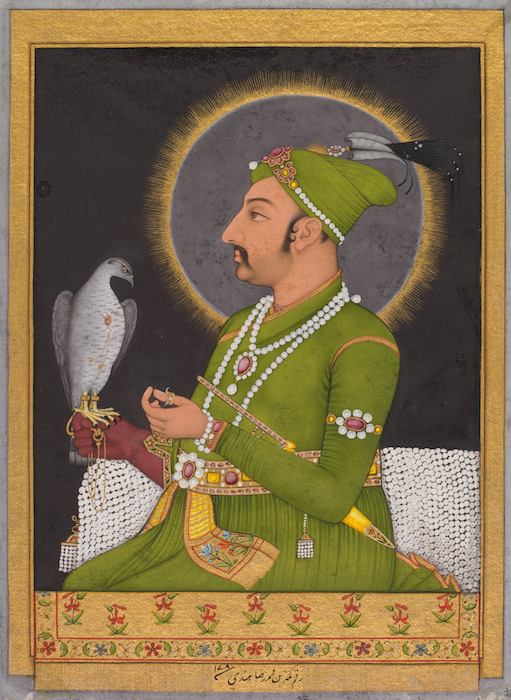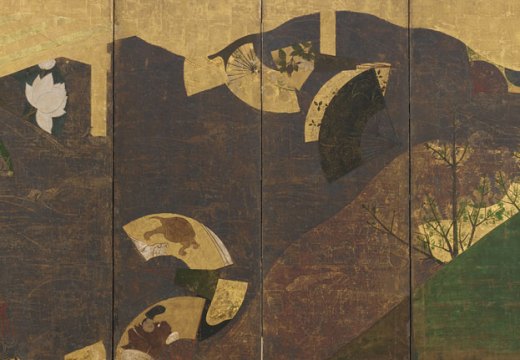Catch up with the first and second instalment of Louise Nicholson’s cultural road-trip, taking in Chicago’s top museums, here and here.
The congenial way to make the short drive from Toledo – if you start there – is to leave town eastwards on the Route 2 which hugs its way around Lake Erie’s southern shoreline, skipping over inlets at Sandusky Bay, and passing little ports. This is where gentlemen of both cities enjoyed themselves at shooting clubs, but where today Ottawa National Wildlife Refuge preserves the lake’s diminishing marshes and wildlife.

Atrium expansion open at the Cleveland Museum of Art in University Circle. Photo: Wikicommons
Then, quite suddenly, you are in downtown Cleveland’s Playhouse Square with nothing much happening, it seems, except trees growing out of the chipped terracotta decoration of abandoned office buildings. Yet, this is a lesson in how the economic fortunes of America’s Rust Belt cities yoyo. Downtown Cleveland is where the city began in 1796, near the mouth of the Cuyahoga River on Lake Erie. Considered an ideal place to do business and get rich, in the 1850s and 1860s it did just that, expanding to become a major player in transport, commerce and manufacturing in the Great Lakes region. Fortunes were made in shipping and mining, especially iron ore and coal: in 1870 John D. Rockefeller founded Standard Oil here. By 1920 it was the fifth largest city in the US, bouncing back after the Great Depression. Then, in the 1960s, the economy slowed, social unrest grew, and the city went bankrupt. Today it ranks 48th in the US.
There are, however, many sparks of regeneration across Cleveland. Near the still down-at-heel Playhouse Square, the $400-a-night Ritz-Carlton hotel has opened just a mile from I.M. Pei’s building for the nation’s popular Rock and Roll Hall of Fame and Museum (opened 1995). The adjoining Warehouse District is being rejuvenated thanks to loft apartments, new businesses, restaurants and bars; this is where 78th Street Studios is part of a burgeoning group of galleries opening up in once-forgotten buildings. The city’s huge effort to provide quality public transport, lamentably rare in US cities, includes the HealthLine, whose hybrid diesel-electric rubber-wheeled trains connect Downtown with the spacious Wade Park district – now better known as University Circle – about five miles away.

Severance Hall lobby. Photo: Sandra Cohen-Rose and Colin Rose/Flickr
This is Cleveland’s long-established cultural centre. It’s where pioneering industrialists – who have been likened to today’s Silicon Valley entrepreneurs, propelling the wealth of the nation – built hospitals and educational and cultural institutions for their city; today Cleveland has the country’s largest concentration of cultural, educational and medical institutions. Jeptha Wade, a founder of Western Union Telegraph, donated the land in 1882. Here can be found the Cleveland Museum of Natural History (founded 1920) and Cleveland Botanical Garden (founded 1930). Here, John Severance funded Severance Hall which contains the country’s finest Art Deco interior; since its opening in 1931 it has been home to the Cleveland Orchestra – considered America’s finest by many – so it is easy to visit inside. The area is still a magnet: in 2012 the playful, mirror-faced Museum of Contemporary Art (founded in 1968 by Agnes Gund and others) opened, designed by London architect Farshid Moussavi.

The Museum of Contemporary Art Cleveland. Photo: Erik Drost/Flickr
Here, too, is the astounding Cleveland Museum of Art. Founded in 1913 ‘for the benefit of all the people forever’, funded by yet more industrialists and housed in a grand neoclassical building, the museum opened in 1916. It celebrates its centenary this year with a string of special shows. These include ‘Art and Stories from Mughal India’, celebrating the landmark recent acquisition of the Benkaim collection (until 23 October) and Ohio-born artist George Bellows’s sports paintings (until 18 September). In the permanent collection, a steady stream of bequests has enabled staff to buy the best and then add extensions to the building to display it all. The Asian collection is one of the best anywhere, thanks to director Sherman Lee’s well-funded unerring eye; Lee also added another wing designed by Marcel Breuer.

Posthumous portrait of the Mughal emperor Muhammad Shah (1719–48) holding a falcon (1764), Muhammad Rizavi Hindi. Courtesy The Cleveland Museum of Art
Perhaps appropriately for a city producing so many industrialist arts patrons, the 285-acre non-sectarian Lake View Cemetery on the hillside above Wade Park is now the permanent resting place for many of them, including Jeptha Wade. His memorial chapel, funded by his grandson, contains the most complete surviving Tiffany interior; well worth a carefully timed detour.
Next stop: Detroit
Unlimited access from just $16 every 3 months
Subscribe to get unlimited and exclusive access to the top art stories, interviews and exhibition reviews.














![Masterpiece [Re]discovery 2022. Photo: Ben Fisher Photography, courtesy of Masterpiece London](http://zephr.apollo-magazine.com/wp-content/uploads/2022/07/MPL2022_4263.jpg)
The threat to Sudan’s cultural heritage